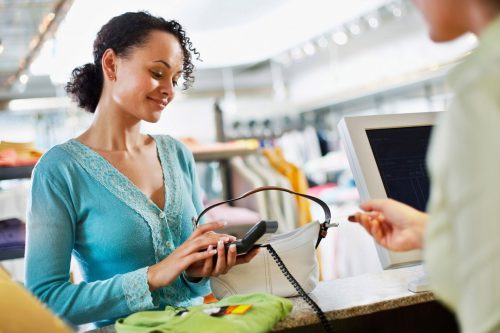
Personalised multi-sensory experiences: the next level of retail theatre
Retailers creating ‘theatres of shopping’ is not new. However, the idea of grabbing consumers by their senses; dropping them into lavish multi-sensory experiences; and physically moving them beyond everyday brand interactions to meaningful, personalised brand engagements is. And it’s taking off in a big way.
Think aromatic coffee blends created for your individual palate by professional baristas; succulent gourmet foods prepared in front of you from personally chosen ingredients; fragrant luxury chocolate varieties hand picked, crafted and packaged to your taste; and tantalising co-branded in-store foodie destinations featuring complementary brands just waiting to be savoured and taken home. And that’s under just one retail roof.
According to Planet Retail, the world’s leading provider of global retail intelligence, ‘retailing will become more personalised, collaborative and socially-influenced in the future’. In its report The Future of Retail: 10 Trends of Tomorrow, it says: ‘Retailers must be prepared to enter a new phase of mass personalisation…driving both customer loyalty and spend.’
A mundane, even grudging, activity
Without doubt we are seeing this trend take hold in South Africa. Shopping is normally a mundane, even grudging, activity. Now out-of-the-box-thinking retailers and manufacturers are elevating this experience by offering consumers exclusive shopping experiences. More than just added value, these experiences tell the brand story by physically engaging consumers through carefully constructed, highly sensory interactions.
This is changing the nature of retail stores and the very reason for their existence, and spurring a rise in manufacturers’ own stores. Brands are tangibly brought to life to be seen, smelt, heard and touched; products are taken off the shelves and brought directly to consumers; and the traditional idea of shopping evolves into an exciting pursuit driven more by enjoyable engagement and less by household necessity.
A major factor influencing these differentiated in-store experiences is co-branded collaboration. Gone are the days when brands operated in silos. Both retailers and manufacturers have realised the power of collaborating to drive sales. In fact, the PlanetRetail report lists collaboration as a key theme across all 10 of its future retail trends, saying brands have to ‘work together to stand apart’.
A prime example in the retail space is the use of functional mobile kitchens in key product aisles. Not only are complementary brands used to create aromatic and visually appealing gourmet dishes that entice consumers (providing excellent product usage ideas and sampling opportunities at the same time), but all the products used are grouped together to drive immediate sales across all the brands. Related cookware, utensils and crockery complete the picture, providing solid up-sell opportunities.
Retailers getting it right actually lure consumers from other parts of the store to that specific experience, enticing them to buy the products on offer even though they had no intention of doing so when they first entered the store.
Interactive presentations
Creating these experiences requires retailers to re-look at their merchandise display strategies. Yes, there’s some display duplication, but instead of traditional static displays, these interactive presentations allow retailers to merchandise stock in a more realistic way. This changes the way in which consumers experience these brands, which ultimately results in a different way to shop.
Even if consumers don’t purchase any of the featured products, they were still part of the experience. This taps into the current social idea of ‘fear of missing out’, where people don’t want to be excluded from popular experiences.
In terms of the growth of own stores, luxury brands like Lindt are transforming consumers’ experiences of their brand by moving them from one-way interactions in regular retail stores to dynamic exchanges in Lindt destination stores that thoroughly immerse consumers in their world. Chocolate lovers don’t just have the chance to buy different or even customised chocolates, but get to enjoy an entire gamut of sensory experiences as they indulge in the full richness of a luxury chocolate experience.
Key to all these retail experiences is their share-ability. Consumers want to share their novel personal experiences, and the growth of social media platforms means that every brand interaction that positively touches consumers can become a powerful word-of-mouth recommendation.
Mass personalisation, mass customisation and bespoke are concepts that have been gaining momentum overseas for the past two years, and although these trends are still in their infancy in South Africa, they have the potential to be significant game changers for local retailers and consumers.
by GARETH PEARSON

